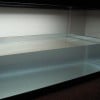Finding, Cleaning & Attaching Aquarium Driftwood, How To & DIY
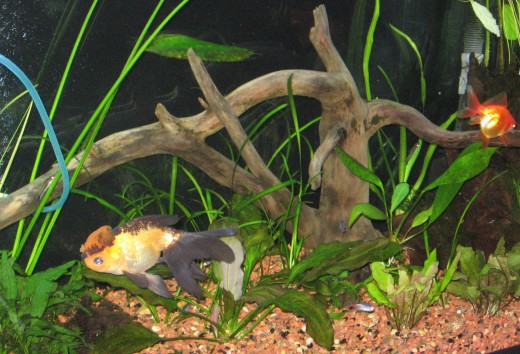
Driftwood. Where Do I start?
Driftwood is a pleasurable add to any freshwater aquarium. It gives the feel of nature, and the tank a natural look. When you look deep into an aquarium filled with live plants and real wood your mind slips reality and becomes lost in a world that you will never know.
That is the pleasure of a planted tank for me, and one of the most important elements of a planted tank in my opinion is driftwood.
Driftwood can be bought from your favorite pet store, found at your local lake and even shipped from Countries a thousand miles away.
Cleaning Driftwood
First step to cleaning found or bought driftwood to scrub it well with a wire or thick bristled scrub brush and give it a good wash. After that it is always advised to use one of the methods below to sterilize the wood before you introduce it to your tank.
There are many different techniques that are used to clean found/bought driftwood and release tannins. I'll go over a few that I and others have used.
- Boiling
- Bleach
- Baking
- Soaking
1) Boiling. This is the technic that I mainly use. Find a pot big enough to accommodate at least a good portion of your wood, and let that baby boil!. flip it over after 30 minutes and get the other side adding water as needed. I like to repeat that cycle a few times just to make sure any insects or parasite have been killed. But if your a true stickler you can drill a hole and make sure the center of the wood has a temperature over 200 degrees.
2) Baking. I know a lot of people like to bake the wood after boiling just to make sure everything is dead. To me that seems a little dangerous and extreme. If you do choose to bake your wood make sure it is water logged first and your temperature does not exceed 400 degrees for 45 minutes. Also keep an eye on your driftwood as it is cooking, because this is an easy way to start a house fire.
3) Bleach/Soaking. This is another way to clean your wood that I would not recommend although some love the technique. Soak your wood in a 1 gallon of water to a one cup of bleach ratio. Some like to dip for fifteen minutes and some like to soak for a few days. After your bleach soak, wash the wood well and let it soak in water for a minimum of two weeks with frequent water changes. That will help release tannins as well as the bleach from the wood.
I personally would recommend the boiling method. I have used that method for quite some time now and have never had a problem with introducing parasites to my tank.
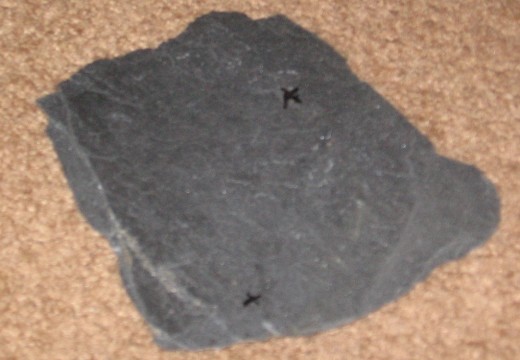
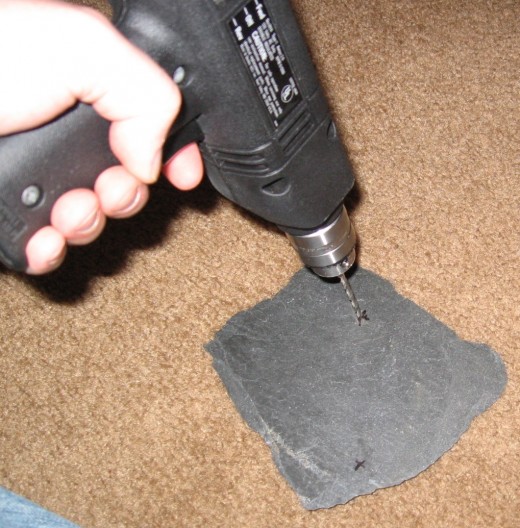
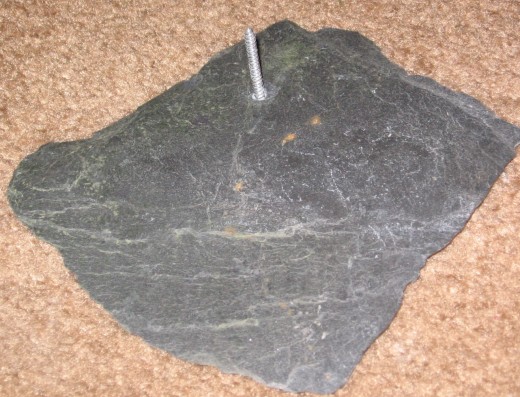
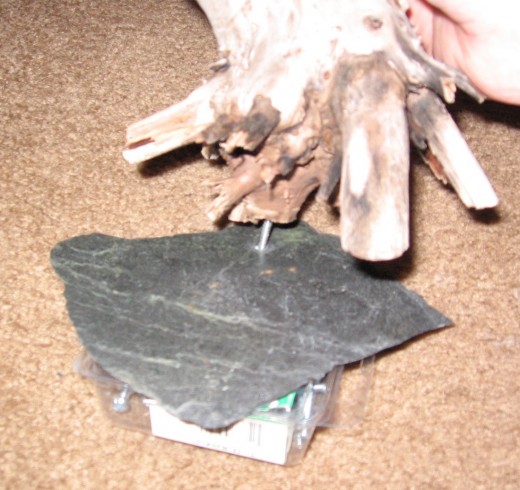
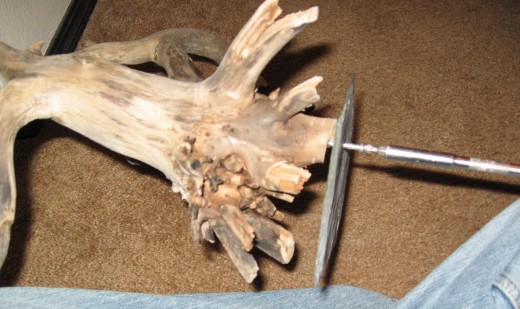
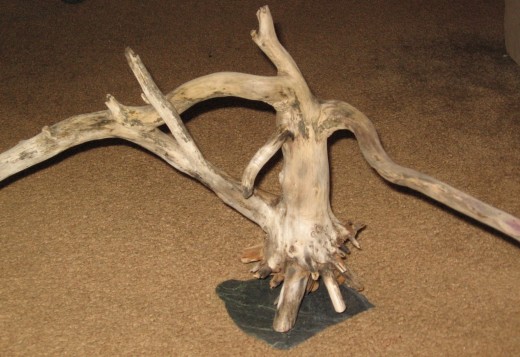
Mounting Light Driftwood to Slate
Some driftwood, whether it be store bought or found, cannot be waterlogged enough to sink. That is when you can either throw it out, or mount it to a heavy enough object so it stays on the bottom of your tank. With a few simple tools and some slate mounting driftwood is an easy task.
Tools Needed for the Job.
- Drill, Drill bit
- Stainless Steel Screw
- Screwdriver
(Click on pictures for bigger images)
Find a drill bit that is about the same size as your screw. You don't need a mason bit, a regular bit will drill through slate quite easily. Just take your time and go slow. As for screws, any sharped tipped stainless screws will do. I used some random ones that I had left over from other projects. Make sure that the screws are stainless steel so they will not rust in your aquarium. Now here is the simple process.
- Take your slate and mark on the back where you want to drill with a sharpie.
- Drill softly through your two (or more) marks.
- With a screwdriver, run a screw through the holes slowly so you will not break the slate
- Position your wood to where you would like it to be screwed down.
- With an electric drill or screwdriver screw on your driftwood. I recommend using a manual screwdriver so you don't accidentally break the slate by screwing it to tight.
- Done!
Now be careful while putting large pieces into your tank. The slate will scratch the glass. I learned that the hard way. So make sure you take off the lid, lights, or whatever you have going on.
